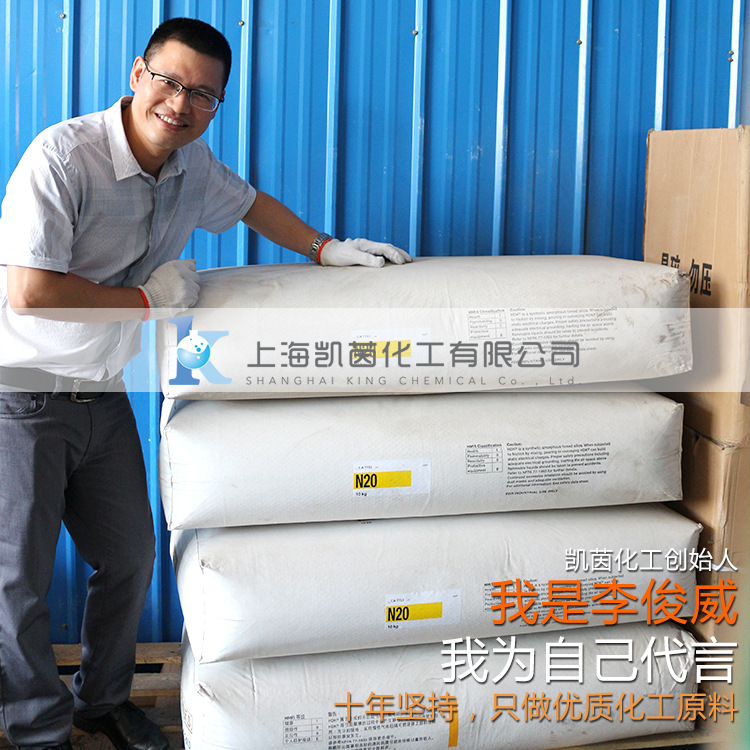

- 水性油墨中,加入蜡乳液与
- 农药原料中常用的三氯乙酸
- 分散剂在涂料中的八大作用
- 二氯乙酸是怎么制成的?二
- 水性涂料选择分散剂该注意
- 一篇文章让你读懂什么是氯
- 抗静电剂在涂料工业中的应
- 什么是过乙酸?过乙酸的用
- 知道增稠剂与流平剂之间的
- 一文了解乙酸酐在不同行业
- ”硬脂酸、PE蜡和石蜡“在
- 一文读懂冰乙酸!冰乙酸的
- 膨润土改性及其在环境治理
- 橡塑行业常用的溶剂,乙酸
- 工业防锈水性防锈剂研究与
- 甲酸在印染工业中的应用,
- 乳化剂np10的性能与应用
- 钨酸的作用?钨酸的性质及
- 一文读懂消光粉的三大用途
- 皮肤碰到氟硅酸了怎么办?
- 关于硅酸你了解多少?硅酸
- 神奇!氯磺酸的作用范围竟
- 胶粘剂行业竞争激烈,水性
- 高氯酸你了解多少?高氯酸
- 偶联剂和交联剂、相容剂在
- 氢溴酸的性能及用途介绍
- 无水氢氟酸有什么作用?无
- 氢氟酸你了解多少?氢氟酸
- 消泡剂在混凝土中的应用
- 水溶性消泡剂与油性消泡剂
宣伟113亿美元收购威士伯获美国FTC批准
凯茵化工讯 中科院网站发布消息称,如何实现木质纤维素生物质这一低值原料的高值化利用,一直是国内外的研究热点。中国科学院青岛生物能源与过程研究所代谢物组学团队以打破国外技术垄断、突破木质染料纤维素糖化技术瓶颈为研究目标,长期致力于热纤梭菌等纤维素降解菌的遗传改造及代谢工程研究,利用团队前期开发的一系列基因操作工具,通过对热纤梭菌及其纤维素降解酶系——纤维小体的定向改造,构建了新型的工程菌株,可以作为全菌催化剂实现木质纤维素底物到可发酵糖的高效转化,有力促进了木质纤维素生物转化的工业化进程。
木质纤维素基生物质以其储量及可再生性备受关注,但农林废弃物的不合理处置,会极大增加环境压力,引起包括水体污染、焚烧雾霾等严重的环境污染问题。因此,非粮木质纤维素的高效利用是亟待解决的 全Q性问题,对实现经济的可持续发展具有重要的战略意义。然而,木质纤维素生物质的工业化、规模化和商业化应用仍未真正展开,其主要原因在于尚未突破木质纤维素高效、低成本转化为可发酵糖的这一瓶颈步骤。
纤维小体是目前已知自然界中好高效的纤维素降解分子机器之一,作为典型的产纤维小体菌株,热纤梭菌(Clostridium thermocellum)具有天然高效降解纤维素底物的特性,因此被认为是好有前景的可以通过整合生物加工技术的策略实现木质纤维素基高效生物催化转化的菌株。然而,已有的野生菌株及其纤维小体存在底物水解活力受酶催化产物的反馈抑制等不足之处,不能适应工业化的要求。
针对这一研究现状,代谢物组学团队对热纤梭菌及其纤维小体进行有针对的定向改造,通过建立无疤基因组编辑系统,将源于极端嗜热菌的β-葡萄糖苷酶CaBglA与关键纤维小体酶Cel48S进行融合表达并组装到胞外纤维小体上(图1)。利用该重组菌株作为全菌催化剂进行糖化反应发现,以100 g/L微晶纤维素为底物时,其还原糖产量达489 mM(以葡萄糖分子量换算为约88 g/L)。该菌高效降解纤维素及生产可发酵糖的能力初步证明了木质纤维素的全菌催化糖化策略在工业化应用中的可行性。该研究拓展了木质纤维素糖化的新视野,有力推动了工业发酵领域中纤维素糖作为碳源对淀粉糖的替代。
Chinese Academy of Sciences to develop efficient lignocellulosic saccharification catalyst
Kailin Chemical News According to the website of the Chinese Academy of Sciences, how to realize the high value utilization of lignocellulosic biomass, a low-value raw material, has always been a hot research topic at home and abroad. Chinese Academy of Sciences Qingdao Institute of Bioenergy and Process Metabolomics team to break the monopoly of foreign technology, breaking the bottleneck of lignocellulosic saccharification technology research goals, long-term commitment to cellulolytic Clostridium cellulolytic bacteria genetic engineering and metabolic engineering , Using a series of genetic manipulation tools developed by the team in the early stage, a new type of engineering strain was constructed through directional modification of Clostridium thermocellum and its cellulolytic enzyme system-fiber body, which can be used as a whole-bacteria catalyst to achieve woodiness The efficient conversion of cellulose substrates to fermentable sugars has strongly promoted the industrialization of lignocellulosic bioconversion.
Lignocellulosic biomass attracts much attention as its reserves and its reproducibility. However, irrational disposal of agricultural and forestry wastes will greatly increase the environmental pressure and cause serious problems such as water pollution and haze incineration Environmental Pollution. Therefore, the efficient utilization of non-dietary lignocellulose is a global problem to be solved urgently and has an important strategic significance for the sustainable development of economy. However, the industrialization, scale-up and commercial application of lignocellulosic biomass have not really started yet. The main reason for this is that it has not yet broken through the bottleneck step of converting lignocellulose into fermentable sugars with high efficiency and low cost.
Fiber body is one of the most efficient cellulose degradation molecular machines known in nature. As a typical small fiber-producing strain, Clostridium thermocellum has a natural high-efficient cellulose degrading end Therefore, it is considered as one of the most promising strains that can catalyze efficient lignocellulose-based biocatalytic conversion through the strategy of integrating bioprocessing technology. However, the existing wild strains and their fiber bodies have the disadvantage that the substrate hydrolysis activity is inhibited by the feedback inhibition of the enzyme catalytic product, which can not meet the requirements of industrialization.
In response to this research status, the Metabolomics team conducted targeted remediation of Clostridium thermocellum and its fiber body. By establishing a genome-free editing system, β-Glucosidase CaBglA was fused with the key cellulase Cel48S and assembled into extracellular fibrils (Fig. 1). Using this recombinant strain as a whole-cell catalyst for saccharification, the yield of reducing sugar reached 489 mM (about 88 g / L in terms of glucose molecular weight) with 100 g / L microcrystalline cellulose as substrate. The ability of the bacteria to efficiently degrade cellulose and produce fermentable sugars proves the feasibility of the whole-plant catalytic saccharification strategy of lignocellulose in industrial application. This research expanded the new horizon of lignocellulosic saccharification and strongly promoted the substitution of starch sugars as a carbon source for starch sugars in the field of industrial fermentation.

【版权声明】秉承互联网开放、包容的精神,凯茵化工欢迎各方(自)媒体、机构转载、引用我们原创内容,但要注明来源凯茵化工;同时,我们倡导尊重与保护知识产权,如发现本站文章存在版权问题,请将版权疑问、授权证明、版权证明、联系方式等,发邮件至 app@shkingchem.com,我们将第一时间核实、处理,感谢您的配合。
相关产品
【版权声明】秉承互联网开放、包容的精神,凯茵化工欢迎各方(自)媒体、机构转载、引用我们原创内容,但要注明来源凯茵化工;同时,我们倡导尊重与保护知识产权,如发现本站文章存在版权问题,请将版权疑问、授权证明、版权证明、联系方式等,发邮件至 app@shkingchem.com,我们将第一时间核实、处理,感谢您的配合。










